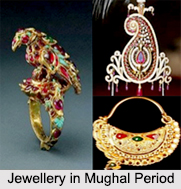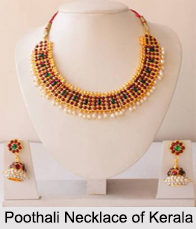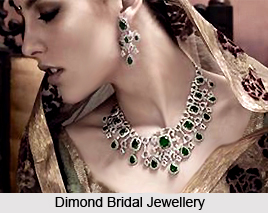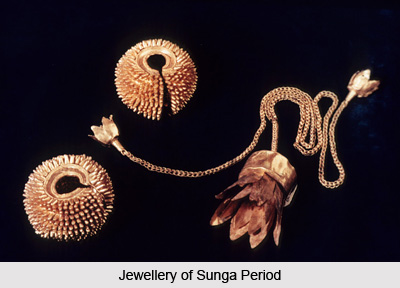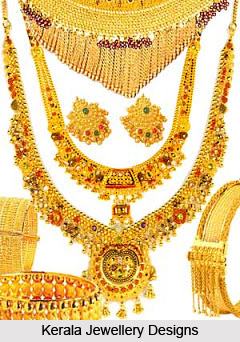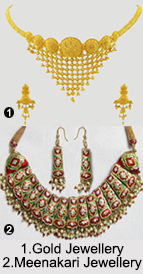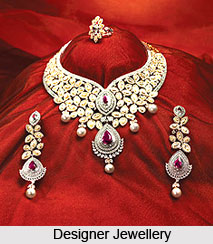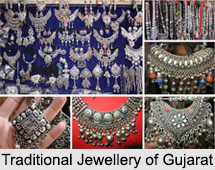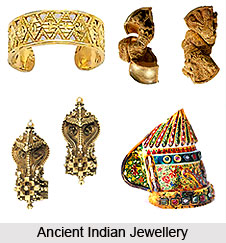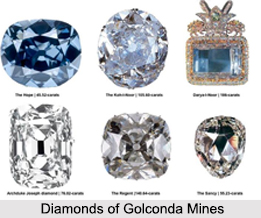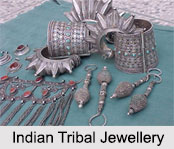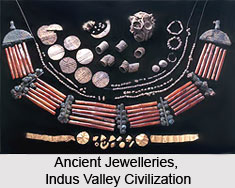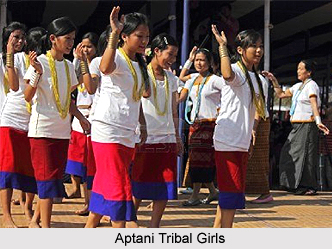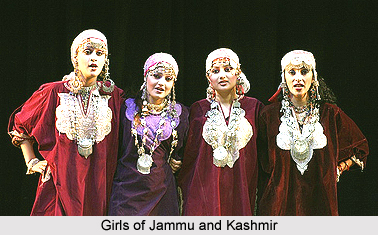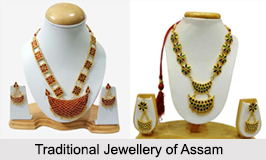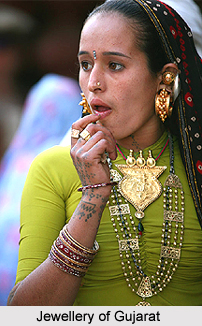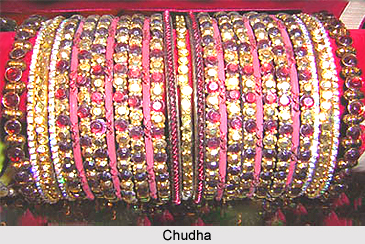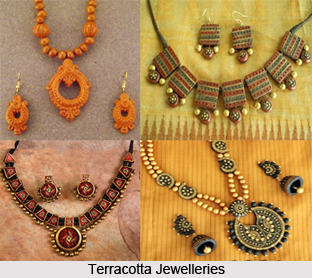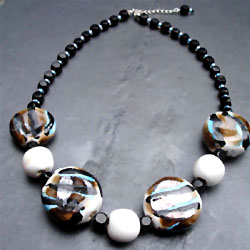 White earthenware clay is used which is cut in to various shapes using organic materials to create patterns such as leaves. A lot of work goes into smoothing and shaping. The pendants and earrings are fired to 1,050 C then glazed in various colours to 950 C. Leather cord or thong is added some with clasps, others with adjustable knots, and others with lovely soft suede thong, which simply ties at the back of the neck. Another type is the cold porcelain jewelry which is made of cold Porcelain that is a clay which is drying on the air and is not fired in a kiln, product is not toxic and can be used by children, under supervision of adult people. Cold Porcelain is the common name of many types of clay unfired. Cold porcelain is making of two components (A and B), one of them of organic nature with mixed solidifies.
White earthenware clay is used which is cut in to various shapes using organic materials to create patterns such as leaves. A lot of work goes into smoothing and shaping. The pendants and earrings are fired to 1,050 C then glazed in various colours to 950 C. Leather cord or thong is added some with clasps, others with adjustable knots, and others with lovely soft suede thong, which simply ties at the back of the neck. Another type is the cold porcelain jewelry which is made of cold Porcelain that is a clay which is drying on the air and is not fired in a kiln, product is not toxic and can be used by children, under supervision of adult people. Cold Porcelain is the common name of many types of clay unfired. Cold porcelain is making of two components (A and B), one of them of organic nature with mixed solidifies.
